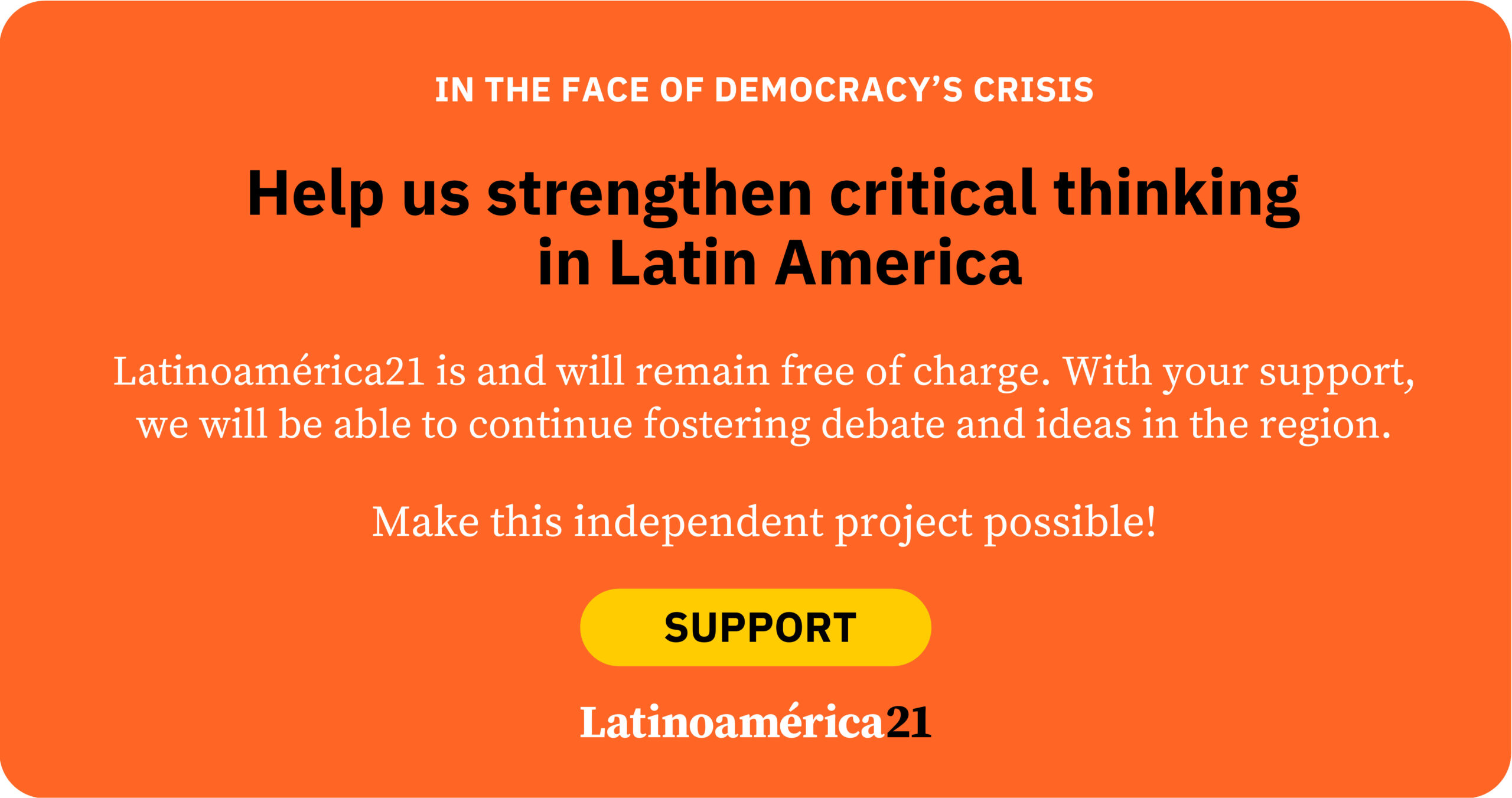There is broad consensus that radicalized polarization has taken hold in our societies and poses a risk to local democratic institutions. Countries such as Brazil, Argentina, Peru, Colombia, Mexico, and the United States have spent nearly a decade in highly divided political climates, where disagreements turn into conflicting identities, hyper-emotionalizing public debate.
In the Mexican case, the narrative of “the power mafia” versus “the good people” has entrenched a political culture of moral antagonism. What began as a discourse of denunciation has evolved into two opposing political camps that perceive each other as threats. Recent social science literature has labeled this phenomenon “affective polarization,” defined as the increase in emotional distance between voters or sympathizers of different political groups. It is not just about thinking differently, but about feeling rejection, distrust, or even hatred toward the other.
In Latin America, studies by communication expert Silvio Waisbord on digital political communication point out that social networks amplify these emotions, turning politics into an experience of belonging and rivalry rather than a space for deliberation. Instead of progressing toward institutional secularization, we are regressing toward emotionalized identity tribalism.
According to the latest Latinobarómetro data (2024), support for democracy in the region rose slightly to 52%. However, this uptick has not translated into institutional legitimacy. Trust in parties, parliaments, and judicial systems remains low, fueling disillusionment and creating room for authoritarian or populist discourses. Although surveys do not directly measure political emotions, this institutional distrust can be correlated with a rise in affective polarization.
Institutional changes and the Manichaean discourse
In Mexico, recent years have been marked by decisions that further strain the institutional fabric. The reform of the National Institute for Transparency, Access to Information and Personal Data Protection (INAI), transformed into “People’s Transparency,” exemplifies how technical issues become discursive battlegrounds. For some, its disappearance symbolizes a blow to accountability; for others, a victory of the people over bureaucratic elites. This dispute illustrates how a Manichaean discourse has displaced deliberation: it is no longer about debating mechanisms, but about reaffirming political identities.
A similar situation occurred during the June 2025 election of members of the judiciary, where only 13% of the electorate participated. The low turnout not only questions the legitimacy of the process but also exposes civic fatigue and apathy. The official narrative insisted the reform was necessary to eradicate corruption in the judicial system, while the opposition defended institutional autonomy. Trapped between these conflicting narratives, citizens found themselves caught between distrust and emotional saturation.
These dynamics reflect Mexico’s deep institutional mistrust, reinforced by polarized discourse. The ruling group emphasized corruption within the judiciary to justify reform, while the opposition defended the status quo from the Supreme Court down to local tribunals. This has blurred calls for greater democracy, checks, and balances, as such positions are often invalidated or dismantled through populist or Manichaean rhetoric characteristic of affective polarization.
Affective polarization in the 2024 elections
The 2024 presidential elections were another reflection of this fragmentation. Claudia Sheinbaum Pardo and Xóchitl Gálvez Ruiz captured the nation’s media and emotional attention. Although voter turnout was high and the outcome clear, the political climate was one of constant confrontation. On social media, public debate devolved into personal attacks marked by gender bias, classism, and ethnic stigmatization — showing that polarization is not only ideological but also cultural and symbolic.
During Andrés Manuel López Obrador’s presidency, everyday political communication reinforced the “us versus them” logic. Morning press conferences and adversarial rhetoric operated as emotional mechanisms that fed affective polarization. Digital platforms — driven by algorithms that promote conflict — amplified this tribal sentiment even further.
On networks and social media, gender bias toward female candidates was also evident, as many comments sought to associate them with domestic roles or their ethnic-social origins.
From polarization to physical conflict
On August 27, 2025, the Mexican Senate witnessed an incident that symbolized the deterioration of political dialogue: Senators Alejandro Moreno and Gerardo Fernández Noroña engaged in a physical altercation during a session. Beyond the anecdotal, the event reflects the breakdown of democratic consensus. Social networks, true to their logic, replicated the dispute through memes, mockery, and symbolic lynchings, while political positions grew more radicalized.
This illustrates how ideological fragmentation — now reaching radical extremes — has effectively nullified any possibility for dialogue or democratic consensus.
Expectations and challenges
Polarization is neither a transitory phenomenon nor an exclusively Mexican issue. Yet its persistence threatens to weaken public discourse and fracture social cohesion. Democratic societies need dissent, but not division. The task is not to eliminate conflict — an essential element of politics — but to manage its emotions: to transform confrontation into deliberation and indignation into productive dialogue.
Democracy is defended not only at the ballot box or through laws, but in the emotional and civic capacity to coexist with disagreement. Perhaps the real challenge is not to reduce polarization, but to learn how to debate without destroying one another.
*Machine translation, proofread by Ricardo Aceves.













